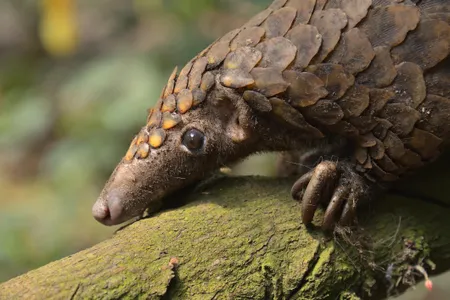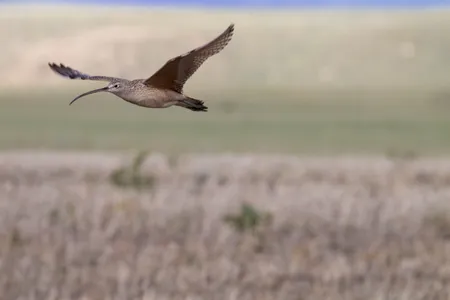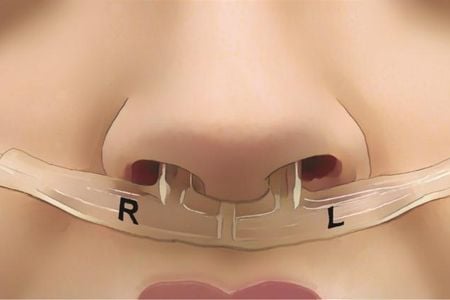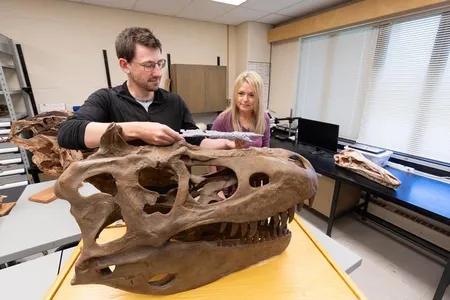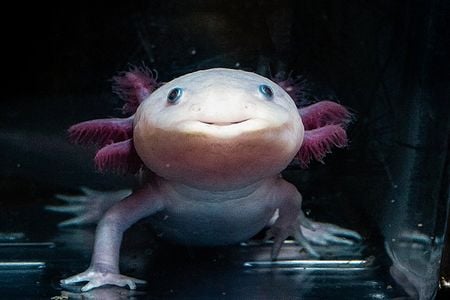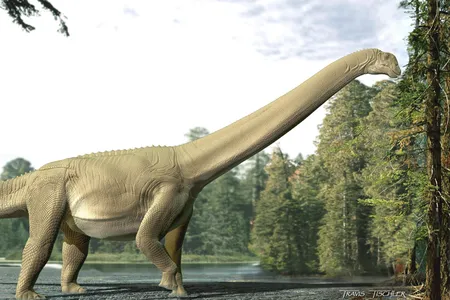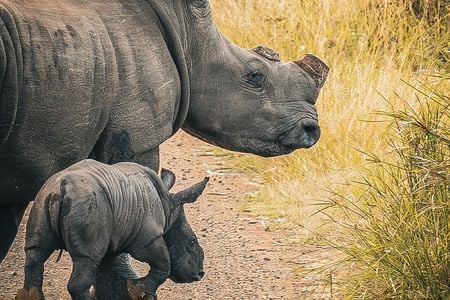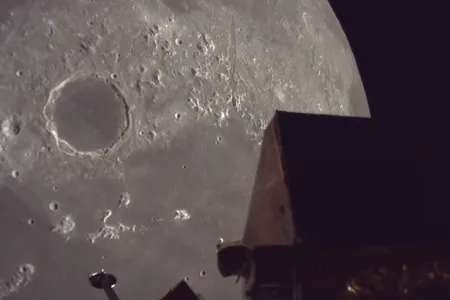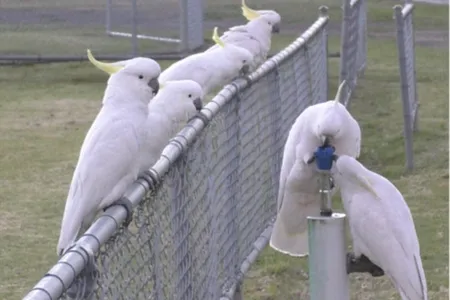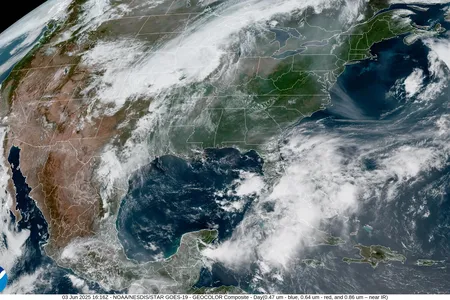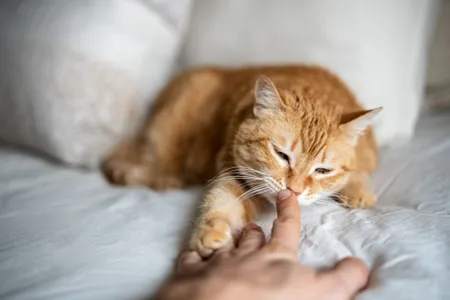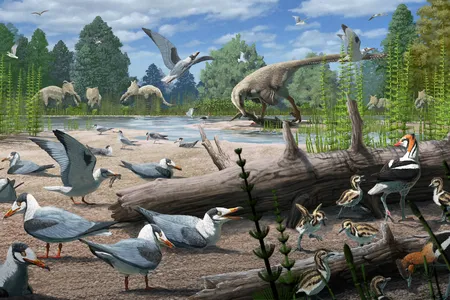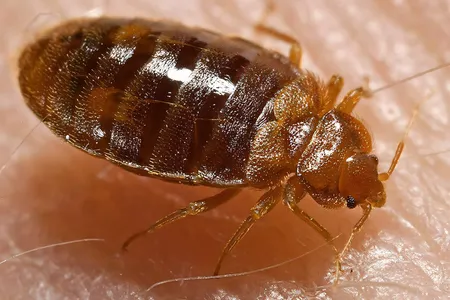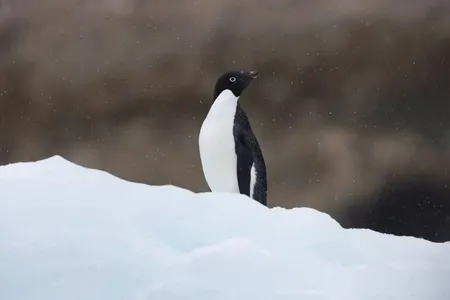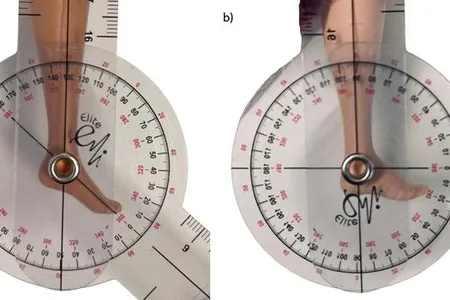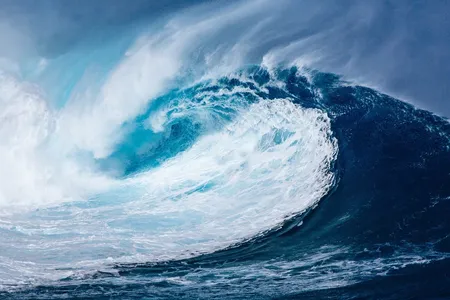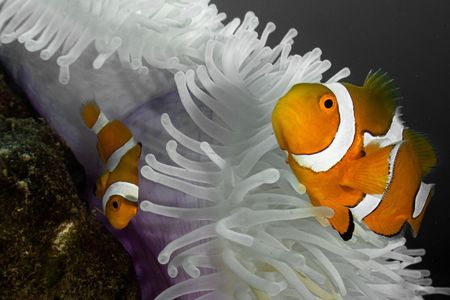Stories from this author
The World’s ‘Most Trafficked Mammal’ Might Soon Be Protected by the U.S. Endangered Species Act
The Fish and Wildlife Service has proposed listing seven species of pangolin, often poached for their scales and meat, as endangered
Could the Semicolon Die Out? Recent Analysis Finds a Decline in Its Usage in British Literature and Confusion Among U.K. Students
Not only are semicolons evidently becoming more rare, but young people are less aware of how to use them, according to a survey
Nesting Birds Eavesdrop on Prairie Dog Alarm Calls to Keep Their Eggs Safe From Grassland Predators
New research suggests long-billed curlews keep an ear out for warnings from prairie dogs in order to hide from predators and protect their nests
The Way You Breathe Is Unique to You, Like a Fingerprint, New Study Suggests
Researchers could identify people with almost 97 percent accuracy based on 24 hours of their recorded breathing patterns, and they also found links to a person’s mental and physical condition
These ‘Dragon Prince’ Fossils Spent Decades in Museum Drawers. Now, They Could Rewrite the T. Rex Family Tree
Two partial skeletons housed in a Mongolia museum were reexamined by researchers and found to represent a previously unknown species
Axolotls May Hold the Key to Regrowing Limbs, and Scientists Are Unraveling Their Secrets to Help Humans Do the Same
With the help of gene-edited axolotls, researchers have gotten one step closer to enabling human limb regeneration
First Fossil Evidence That Sauropods Were Herbivores Supports a Widespread Assumption About the Long-Necked Dinosaurs
A recent discovery of a dinosaur’s preserved gut contents offers the first direct proof that sauropods were plant-eaters
Dehorning Rhinos Curbs Poaching, New Study Finds
Researchers in South Africa find that cutting the animals’ horns reduces poaching by almost 80 percent
The Resilience Spacecraft Likely Crashed on the Moon
Early reports suggest that an issue with the Japanese lander’s sensors prevented it from sufficiently slowing down
Ispace’s Resilience Spacecraft Is Set to Land on the Moon Today—Here’s How to Follow Along
The Japanese company’s second attempt at a lunar landing can be streamed live this afternoon
These Australian Cockatoos Learned to Operate Drinking Fountains With Their Feet to Quench Their Thirst
Birds in Sydney’s western suburbs have figured out how to get a sip from the fountains, even though they have access to nearby streams
A Giant Cloud of Saharan Dust Is Heading to the Southeastern U.S. Here’s What That Means
The plume of dust has already blown over the Caribbean and is expected to reach Florida later this week
14 Million Honeybees Escaped From an Overturned Truck in Washington State. Local Beekeepers Helped Corral Them
Most of the bees have now been recovered, and the road is open to the public again
Cats Can Recognize Their Owner’s Scent Compared to a Stranger’s, New Research Suggests
In an experiment, domestic cats spent longer sniffing cotton swabs with the scents of unfamiliar people than swabs with the scent of their owner
Scientists Find the First Evidence of Birds Nesting in the Arctic Alongside Dinosaurs
The researchers analyzed rare fossils of hatchling birds found in northern Alaska, which offered the earliest evidence of the creatures reproducing in a polar region
Bedbugs Could Have Been the First Urban Pest to Plague Human Cities, New Study Suggests
Scientists examined the genomes of two bedbug lineages to trace how their population sizes have changed over time
Penguin Poop Helps Drive Cloud Formation Over Antarctica, According to a New Study
The ammonia from Adélie penguin guano reacts with sulfur-containing gases in the atmosphere to aid in forming clouds, which scientists say may be significant to regulating the climate
Barbie’s Feet Have Become Less Arched Over Time, According to a New Study by Podiatrists
By the 2020s, only 40 percent of Barbie dolls were designed with permanently arched feet for wearing high heels
This Deposit of ‘Weird’ Cretaceous Amber Could Reveal Hints to Long-Forgotten Tsunamis in Japan
A new study highlights the potential of amber fossils to capture evidence of powerful, prehistoric ocean waves
Clownfish Shrink Down Their Bodies to Survive Ocean Heat Waves, New Study Suggests
The adaptation appears to help the fish cope with high temperatures, since individuals and breeding pairs that shrank improved their survival odds
Page 2 of 7

